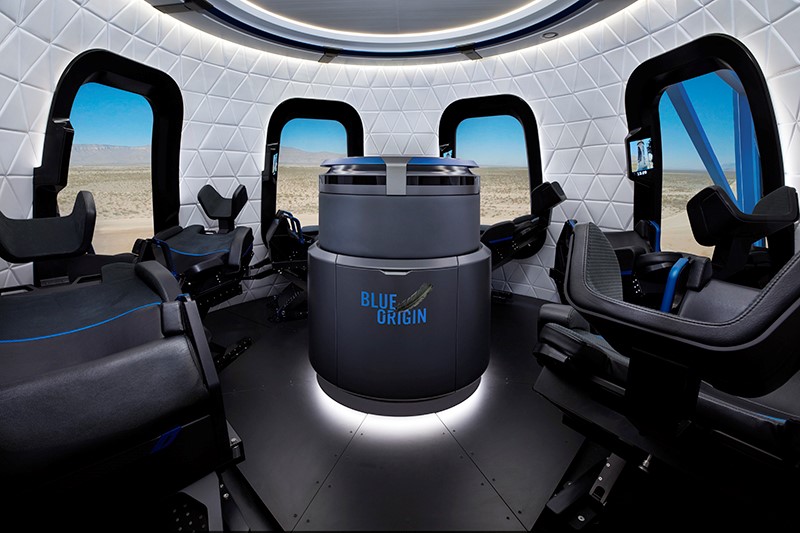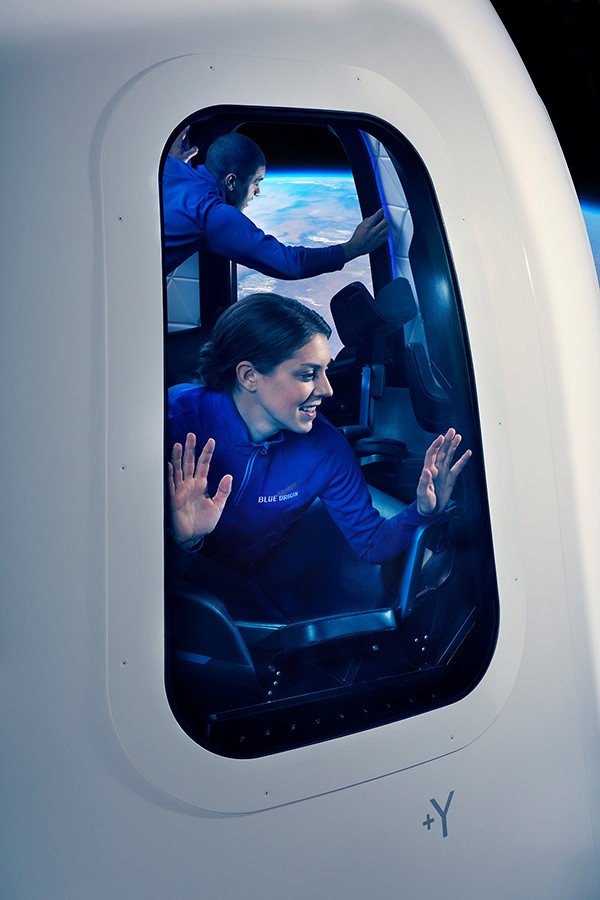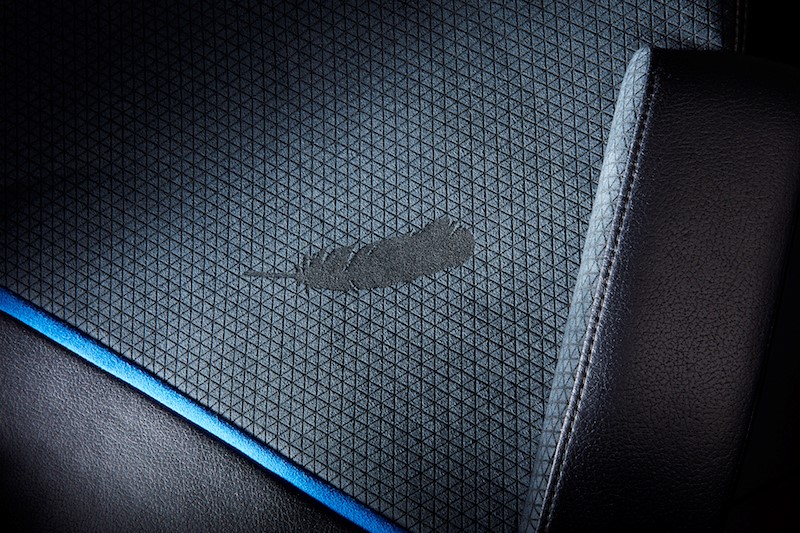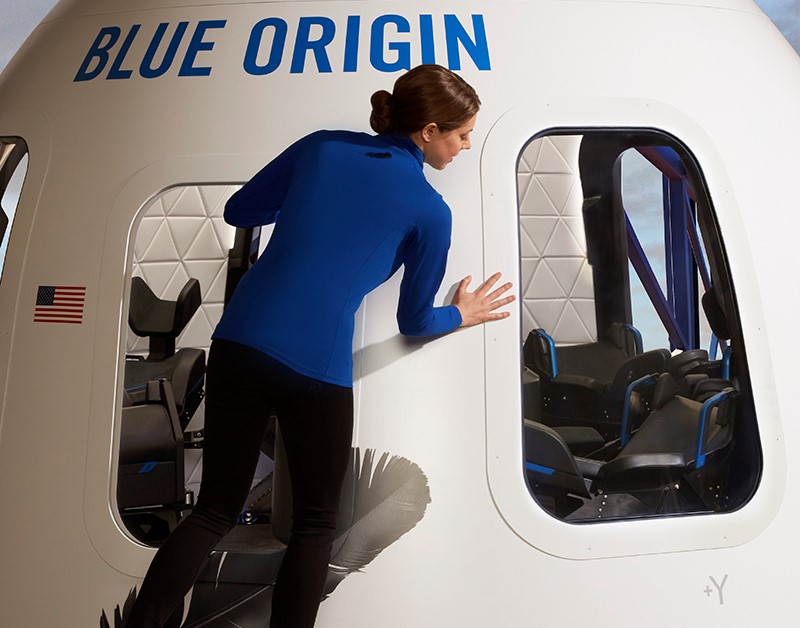Jeff Bezos Reveals 'Sneak Peek' of Blue Origin's Space Tourism Capsule

Want to take a trip to space?
Billionaire Jeff Bezos' private spaceflight company, Blue Origin, released new images today (March 29) of the interior of its New Shepard passenger capsule, which the company says will be used to send paying customers on brief trips into space. [How Blue Origin's New Shepard Spacecraft Works]
The images show sleek black seats, tilted back so passengers are facing up when the rocket takes off. But the real fun will come when the spacecraft reaches suborbital space and passengers will be able to get out of their seats and experience weightlessness in the roomy cabin.
Passengers can also look out the spacecraft's windows, which will be "the largest windows ever in space," the company said. As recently as October 2016, Bezos said the company was on track to make its first human test flights by the end of 2017, with the first customer flights taking place in 2018.

The New Shepard vehicle can reach suborbital altitudes, meaning not high enough to completely loop around the planet. (The Blue Origin customer flights will last about 11 minutes.) Besides its tourism function, the vehicle could serve as a microgravity laboratory, the company has said.
"Our New Shepard flight-test program is focused on demonstrating the performance and robustness of the system," Bezos said in a mass email update (these emails go out sporadically to people who subscribe on the company's website). "In parallel, we've been designing the capsule interior with an eye toward precision engineering, safety and comfort."
Get the Space.com Newsletter
Breaking space news, the latest updates on rocket launches, skywatching events and more!

Blue Origin has made multiple successful test launches of its New Shepard vehicle, and these missions have included landing the spacecraft's reusable rocket booster. The company said it has also relaunched some of those used boosters. Reusable rocket boosters could help bring down the cost of spaceflight, Bezos and other spaceflight industry experts have said.

Space tourism isn't unique to Blue Origin. Virgin Galactic has already started selling tickets for a trip to space aboard one of the company's space planes. (Blue Origin is not yet selling tickets or revealing pricing information, but the company's website does let people sign up to receive early updates when those things become available). The private company World View is offering tourism trips aboard high-altitude balloons.
Last year, Bezos said Blue Origin would also like to eventually offer tourism trips to higher altitudes than New Shepard can reach. This would happen aboard the company's New Glenn orbital rocket, which is currently in production. Bezos said the company planned to give first access on those orbital space trips to customers who had already purchased suborbital trips on New Shepard.
Follow Calla Cofield @callacofield. Follow us @Spacedotcom, Facebook and Google+. Original article on Space.com.
Join our Space Forums to keep talking space on the latest missions, night sky and more! And if you have a news tip, correction or comment, let us know at: community@space.com.

Calla Cofield joined Space.com's crew in October 2014. She enjoys writing about black holes, exploding stars, ripples in space-time, science in comic books, and all the mysteries of the cosmos. Prior to joining Space.com Calla worked as a freelance writer, with her work appearing in APS News, Symmetry magazine, Scientific American, Nature News, Physics World, and others. From 2010 to 2014 she was a producer for The Physics Central Podcast. Previously, Calla worked at the American Museum of Natural History in New York City (hands down the best office building ever) and SLAC National Accelerator Laboratory in California. Calla studied physics at the University of Massachusetts, Amherst and is originally from Sandy, Utah. In 2018, Calla left Space.com to join NASA's Jet Propulsion Laboratory media team where she oversees astronomy, physics, exoplanets and the Cold Atom Lab mission. She has been underground at three of the largest particle accelerators in the world and would really like to know what the heck dark matter is. Contact Calla via: E-Mail – Twitter









